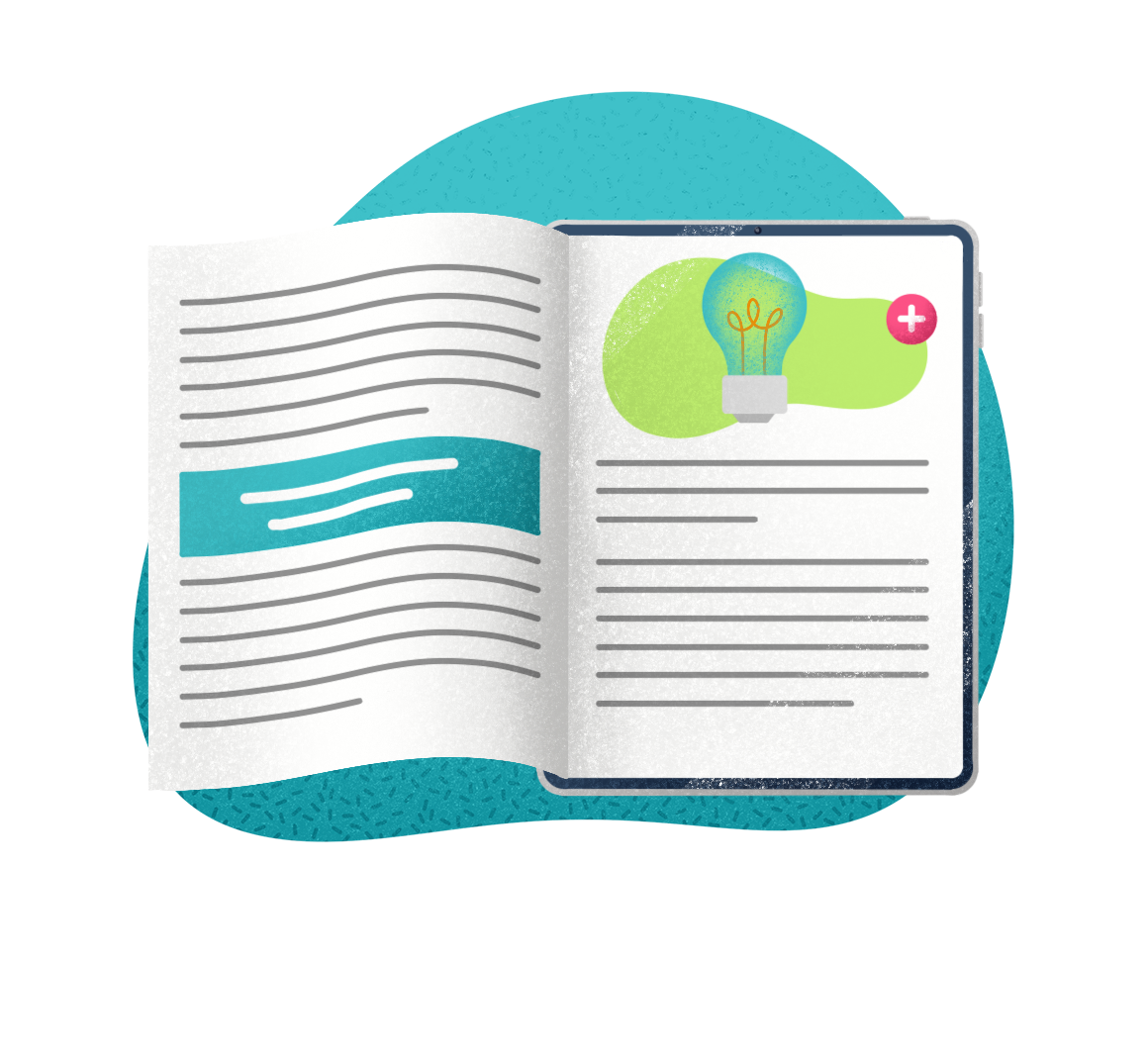It’s evident Gartner® Analysts do their due diligence in researching the competitors and trends to create a useful resource for businesses looking to purchase an enterprise IT service.
Gartner®, a respected source on market trends and industry landscape, recently released their 2023 Market Guide—a resource for organizations looking for comparisons of IT service management platforms. The report includes ITSM trend analysis on AI, automation, case management, and workflows; alphabetical analysis of major ITSM vendors; vendor capabilities for addressing ITSM needs and business goals. This ITSM Gartner® publication is the first of its kind—the old version comparing IT service management companies (known as the Magic Quadrant™) was swapped for this less time-intensive project since the industry competitors are not changing year to year.
There’s no doubt that AI, automation, case management, and workflows are causing lots of noise in and out of the ITSM space (and for good reasons). That said, there are a few other trends in the ITSM market worth mentioning that Gartner® didn’t include in the Market Guide this year.
- Digital Experience Monitoring (DEM) – Consistency across the customer experience from start to finish is key to selling a great product. With Digital Experience Monitoring (DEM), it allows companies to view application performance issues from a user’s perspective and then isolate service performance problems across the delivery chain. Some organizations have dedicated individuals who are responsible for DEM in Infrastructure and Operations (I&O) – requiring scale and maturity most businesses don’t have access to.
- Product-centric Operating Model – Good products are ones that meet customer expectations, in terms of adoption and user behaviors. Going too fast or too slow can impact the user experience, and the company visibility (depending on which side of the lever you end up on). The right time for a product-centric operating model is one in which the timing matches the market expectations, so your product is accepted and successful.
- Driving Efficiency at Scale – There’s a lot of opportunity, but at what cost? With continued economic uncertainty, there’s more pressure these days for organizations to defend their ITSM solution selection—making budgets very important. Further – opportunity and appetites are expanding with digital transformation, Enterprise Service Management, a more product and platform focused I&O, and everything else. ITSM can get bloated and expensive, even though the budget is more constrained. Total Cost of Ownership remains a top challenge for ITSM tool purchases. How can organizations grow maturity and drive the needed modernizations efficiently, and at scale?
- Digital Employee Experience (DEX) – Digital transformation has become a normal part of business. As a result, most business environments are digitally complex. Virtually all companies need to be aware of how employees interact and engage with their businesses’ digital work environment (hardware, software, and support). To promote the best employee experience possible, the tools they use and the support they get need to be well thought out—it makes a big difference in employee well-being.
- Cloud Services – As companies continue to shift to fully remote and hybrid workplaces, cloud computing and the delivery of computing (storage, software, analytics, etc.) over the internet becomes more important. Not only do cloud services make it more accessible and easier for companies to access their data regardless of where they are, they also promote more innovation and greater pricing variety (most SaaS companies run on models where you can upgrade and downgrade your subscription depending on your needs).
- Growth and Maturity – Let’s face it, building IT maturity is still an uphill battle. Companies need to be up to date on best practices and processes for their IT. Not only does this help them reduce security risks, but it also helps them reduce costs and improve their business value—maximizing the potential of future successes. We can’t forget the table stakes and just expect AI to do everything.
One thing’s for certain, the IT service management industry isn’t slowing down any time soon—AI will continue to disrupt the landscape of IT. That said, the core challenges of the work we do in IT remains the same – how to support our businesses, faster, cheaper, and more digitally.
Each year there are new product updates and breakthroughs. EasyVista is focused on helping you improve your end-to-end service management to lower your TCO, increase customer satisfaction, improve the employee experience and more! Let’s work together to build a better IT.
Infographic – The status of SMB IT in 2026
Explore how AI, automation & integrated ITSM/ITAM are reshaping IT strategy—at every scale.


